Patience, passion, and dedication. It’s no surprise these are the makings of great photographs, and you’ll find an excess of all three in Murray Fredericks Vanity. A body of work like Vanity doesn’t happen overnight, and Murray’s passion for the project started in earnest over 15 years ago. Murray’s dedication to Vanity required over 20 individual trips to Kati-Thanda-Lake Eyre National Park in South Australia. The patience necessary to spend weeks on end with nothing more than a tent, bicycle, and camera is overshadowed only by Murray’s desire to ply his craft with the highest quality camera equipment available, ensuring the vision of Vanity is dutifully portrayed.
Viewing on Vanity
Vanity aims to explore the human condition in our current age. The images offer a humbling look into the vastness of Lake Eyre landscape and make humans seem insignificant. The striking simplicity of the images forces the viewer to engage in the dialogue of Vanity.
The mirror, being a symbol of self-reflection, is instead used to redirect the viewers gaze away from themselves and into the immense environment. This translation of the landscape verges on otherworldly; mirrors float gently like windows or portals, offering a dual experience of looking both into another realm and out, as the lake’s glass-like surface reflects an infinite space above.
“…rather than reflecting our own ‘surface’ image, the mirror is positioned to draw our gaze out and away from ourselves, into the environment, driving us towards an emotional engagement with light, colour and space.”
Creating Vanity
Traveling alone into the vast and empty space of Lake Eyre, Murray brought with him two large, and often cumbersome, mirrors. The landscape, light, and mirrors are the only subjects within the images, lending to the uninterrupted solitude they are meant to convey. The clean and seemingly simple application of these subjects within the landscape was anything but. Moving the mirrors from location to location, using a simple handcart, through the thick mud, sand, and water, time and time again, is itself an impressive achievement.
Maintaining the mirrors pristine clarity through it all seems miraculous. The setup for each shot was itself a grueling exercise in patience, and when it came to photographing the large mirrors the devotion was no less arduous. Murray brought with him two large format camera systems that needed to stay just as clean as his mirrors. Following the setup of the mirrors, the setup of the cameras and the constant battle to keep them all clean, Murray’s last step was to wait for the light and hope all of his preparation for that moment was right and the weather was on his side. An incredible effort that’s plain to see in the final payoff.
It’s certainly possible that corners could have been cut along the way. Be it in the execution by using smaller and more convenient cameras, or compositing images in post-production. But, thankfully, Murray’s passion for Vanity required that the photographs were done the right way.
Knowing that the final presentation of these 17 final images would be large format Fine Art Prints, it was important to ensure all the energy invested in the project was the best it could possibly be. With the final printed images measuring 120cmx150cm, there was really only one option when it came to image quality and we’re proud to know Phase One could provide the solution.


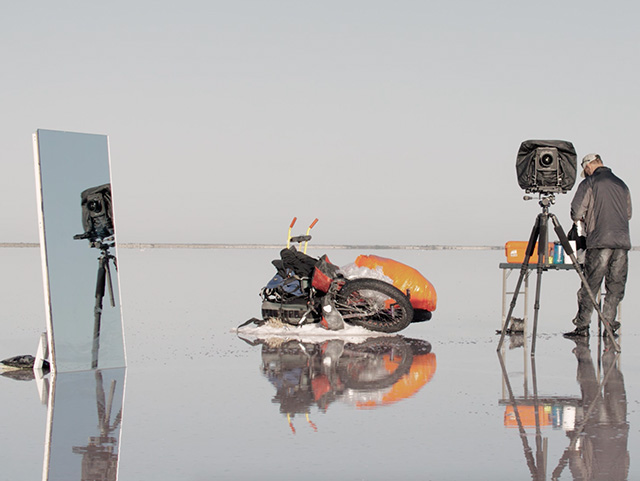
Seeing Vanity
Although we can all appreciate the breathtaking beauty and serenity of Vanity on the convenience of our computer screens, they no doubt pale in comparison to the imposing scale and detail of the final printed series. In understanding the driving concept behind Vanity, as explained by Murray, the power of the images becomes even stronger. The rich color and detail demand persistent engagement to explore the simplistic solitude Murry intended to convey. Beyond the colour, light and space exhibited in each photograph, there’s an unintelligible tension within the images that keeps you engaged. The inability to understand, at a glance, just what it is your seeing and how it was achieved is both strange and exciting. That engagement opens the process that Murray set out to achieve with Vanity and leaves you with sense of wonder and inspiration only the best photographs can.



Reflecting on Vanity
In understanding the abstraction behind the series and the dedication necessary to flawlessly execute it, Vanity inherits a new level of appreciation. That execution and appreciation for the final images is not easily acquired and demands the best tools in order to make a reality.
Any distraction in the colour, detail, or overall image quality would significantly detract from Murray’s ultimate goal. We’re proud to not only see what Murray is able to do with our system in Vanity but proud to be able to provide the quality hardware and software tools to make his vision a reality.
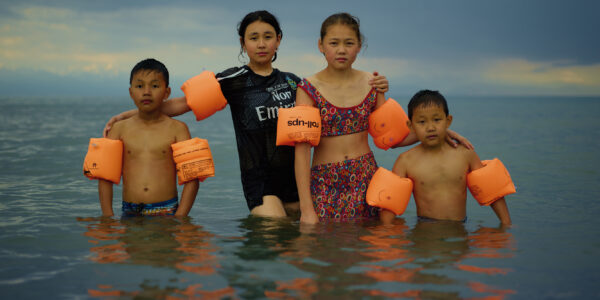
Photographer Stories
Intimacy in focus: Louise’s lens on humanity with Phase One_Part1
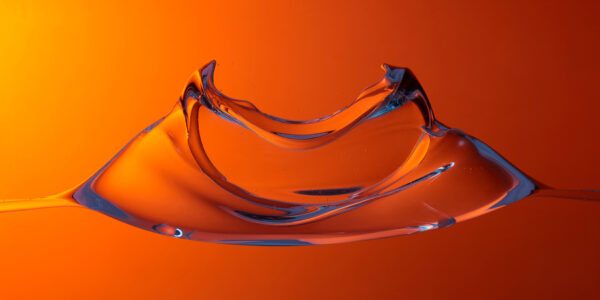
Photographer Stories
Dimitri Newman: Vision is Just the Start

Photographer Stories
Ashes: The Rebirth of a Camera- Hexmalo

Photographer Stories
Chandler Williams: A Photographer’s Path

Photographer Stories
TABO- Gods of Light

Photographer Stories
Loreto Villarreal – An Evolving Vision

Photographer Stories
Tobias Meier – Storytelling Photography

Photographer Stories
Gregory Essayan – Curating Reality

Photographer Stories
Total Solar Eclipse – Matthew C. Ng
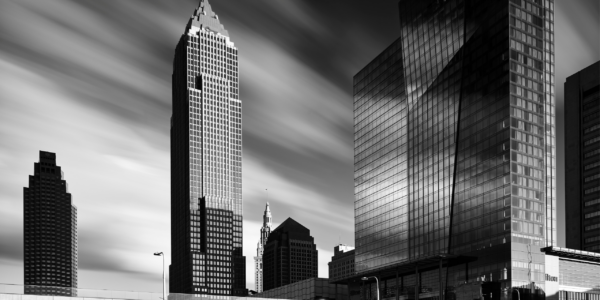
Photographer Stories
Roger Mastroianni – Frame Averaging
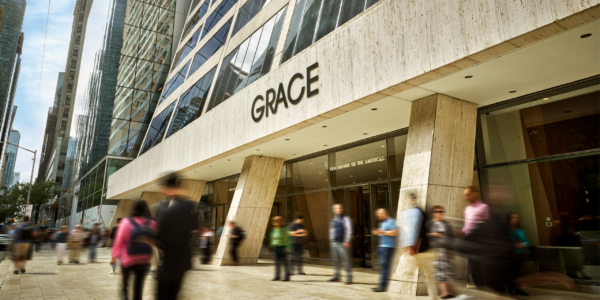
Photographer Stories
Matthew Plexman – Bringing portraits to life

Photographer Stories
Prakash Patel – A Visual Design Story

Photographer Stories
Karen Culp – Food Photography Ideas

Photographer Stories
T.M. Glass: Flower portraits
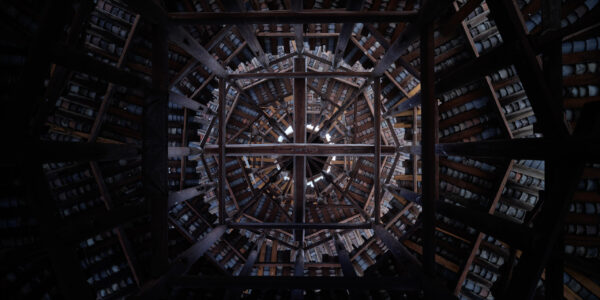
Photographer Stories
Preserving ancient Chinese buildings – Dong Village
